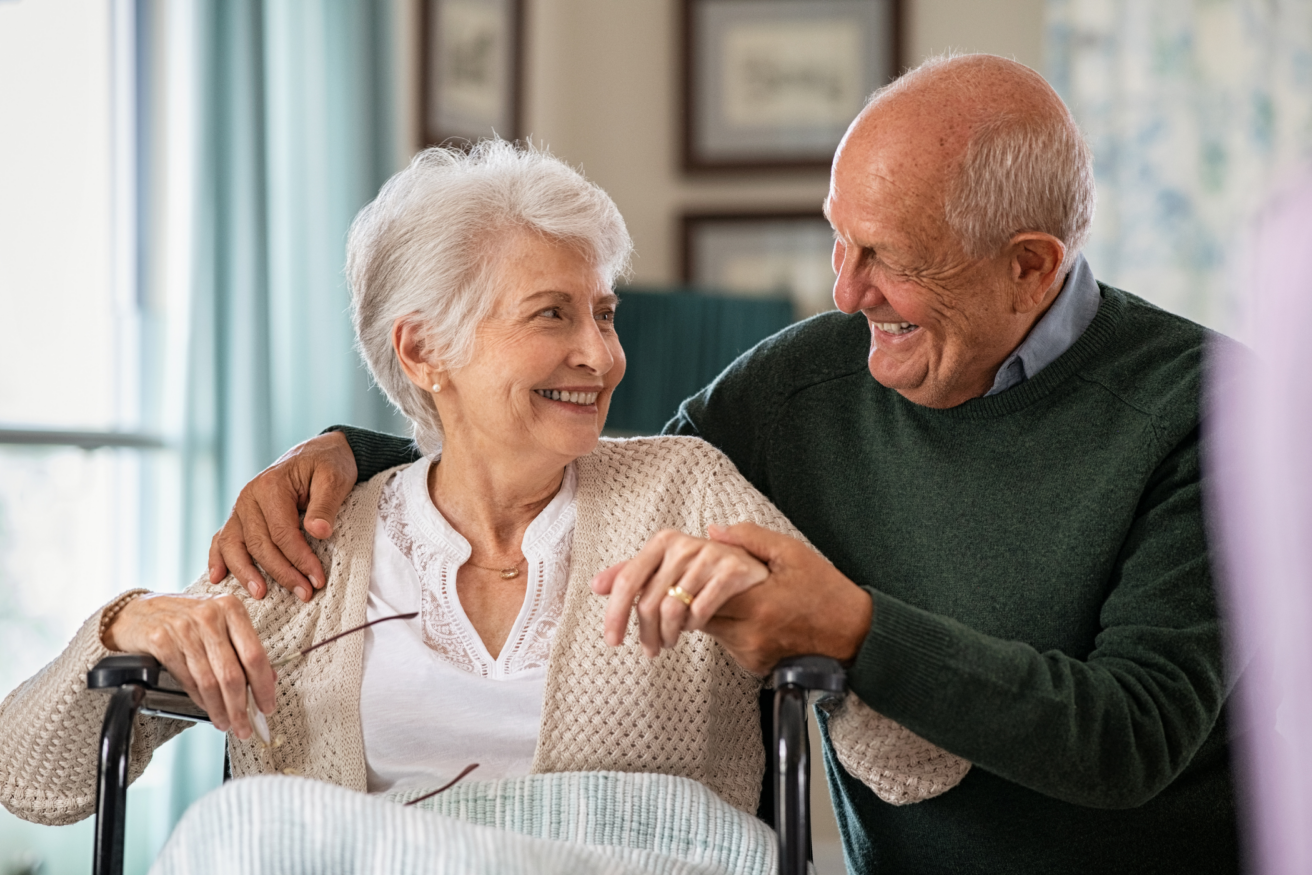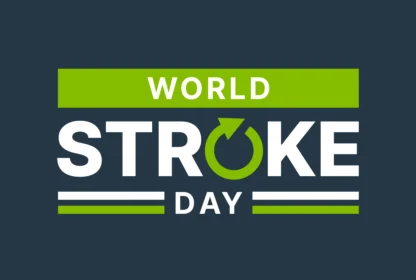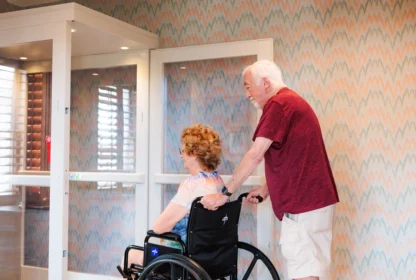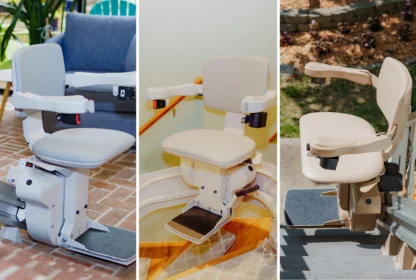
Granite countertops, stainless steel appliances, shiny wood floors, custom tiling, new roof: these are among the items frequently found on the modern home buyer’s checklist.
Decades ago, when the myriad of seniors currently aging in place (AIP) was house-hunting, it’s unlikely that wide doorways, hand/chair rails, expanded hallways, interior/exterior ramps, and streamlined one-level living quarters were on their checklists. But that’s what they need now, and that’s what their adult children, many of whom are boomers planning for their own present and future care needs, are struggling to provide.
Unaware of the options and frustrated by the seeming impossibility of taking the 19th-century farmhouse and making it “senior-friendly” (or just trying to keep up with maintenance), adult children often throw their hands up in defeat, encouraging Mom or Dad to ditch the aging abode in favor of something that’s easier to maintain, and safer for maneuvering. But moving out of a home after a lifetime of living within its walls is no easy task, especially for seniors who have paid off the mortgage years ago. The idea of moving elsewhere, especially in this economy, is unnerving and impractical.
Thankfully, there are solutions.
Enter universal design, an emerging movement that is changing the way homes on the present and future market look as we face the graying of America. Essentially, the universal design considers the needs of everyone in the home – and for the long haul – instead of building and remodeling based on a perpetually young, unencumbered, and mobile tenant.
Industry experts are watching this trend in design and remodeling unfold. In this MSN.com article, The National Association of Home Builders said that 75% of remodelers reported getting more requests for AIP projects from customers ages 45 and up. Of those requests, 75% were planning for future needs, and 53% were living with aging parents.
Whether you renovate an entire floor of your home, build an addition (i.e. the mother-in-law suite) or complete several home modifications in stages, it is possible to age in place without moving out.
-
Simplify, simplify, simplify: Decluttering, streamlining, and organizing the home is one of the easiest (and most affordable) means for adapting the home. Those boxes of old National Geographic magazines, that dining room table piled with paperwork and bills, the closet that’s inaccessible because it’s full of old clothes and holiday decorations, and overstuffed shelves, drawers & cabinets are not only unattractive, they’re a fall risk, a hazard, an obstacle to efficiency. It doesn’t have to be spring to do some need clearing, condensing, and consolidating. And should you or a loved one eventually require a transition to a care facility, the work of downsizing from a multi-bedroom home to a room/apartment will be easier?
-
Ramp it up: Installing ramps at the home’s most-used exits/entrances enhances independence and prevents home “imprisonment”. Additionally, stairlifts allow access to a 2nd-floor bathroom or bedroom. Learn more about different styles and models of ramps, as well as the installation process, here.
-
Let there be light: Lighting can make a significant difference when it comes to preventing falls and easing mobility in the home. On one hand, certain lighting fixtures (like floor lamps, for example) can be dangerous if they have long wires that are exposed/in the walking (tripping) path of the homeowner. Installing additional lights (or windows to let in more natural light) in high-traffic areas and frequently-used rooms makes the home safer – and more attractive.
-
Watch where you step: You walk all over it every day but probably don’t give it much thought until your balance or gait is compromised. Flooring in all rooms of the house can easily present a fall risk, as can rugs that are bulky, shift around easily, or have corners that catch on walkers, canes, or wheelchairs. For optimal mobility, hard flooring is best.
-
Keep things dry in the water closet: In the bathroom, where the majority of fall-related injuries occur, it’s essential to implement non-skid surfaces. Make sure all surfaces (counters, tubs/shower floors, etc.) stay dry. For examples of bath safety improvements and products, click here.
-
Lend a hand: Chair rails in hallways, grab bars in the bathroom, and other touchpoints for safe and supported maneuvering can dramatically reduce the risk of falls and promote independence within the home.
An added bonus? After home modifications have been made to accommodate an aging resident, these features, if done well, can certainly be highlighted as a selling point for future homebuyers (i.e. those young adults who are already thinking about taking care of Mom, Grandpa, or another senior relative). Invest wisely; prepare your home now.
Get more information on AIP adaptations here at 101Mobility.com.


